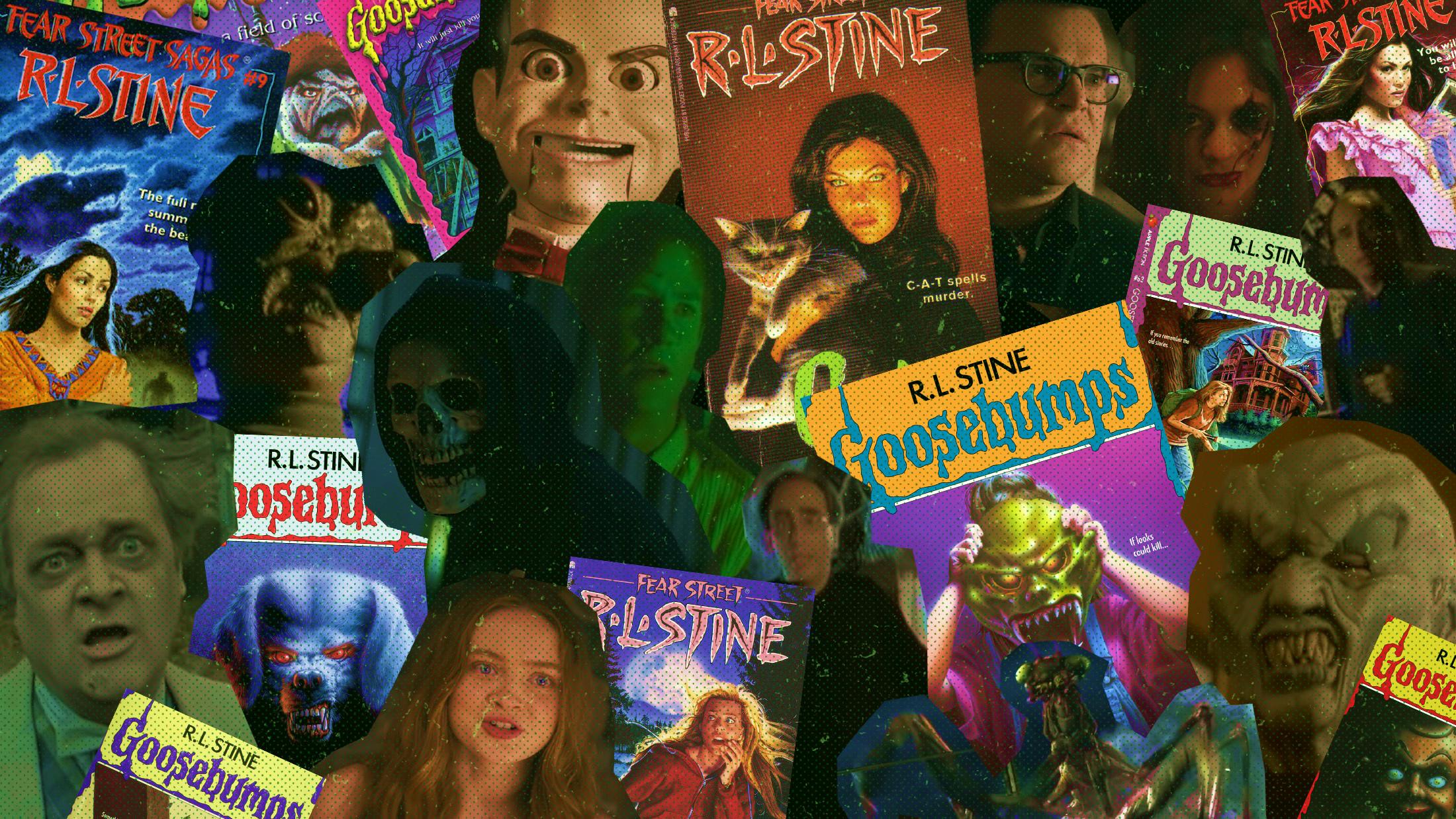R.L. Stine was – is – an absolute machine. You know how, here in 2021, Travis Barker is somehow on one in every three songs released? R.L. Stine’s output in the 1990s makes that guy look bone idle. He’s written hundreds and hundreds of titles, to the extent that he probably couldn’t tell you how many books he’s actually written. Just think about that idea for a second. Think about how many people dream of writing one book, just one. Getting to the point where you couldn’t even say to the nearest dozen how many you’ve written? Mind-boggling.
Trying to work out even vaguely how many books he’s written is incredibly difficult, as there have been umpteen mini-series, relaunches, repackaged versions under different titles and so on. A cursory count brings just the Fear Street and Goosebumps books to about 350, so once you add in all the rest – the joke books, the sci-fi series, the Point Horror novels, the choose-your-own-adventure books and short story collections – it’s probably somewhere around 500. If you read an R.L. Stine book every week, it would take you 10 years to get through them, by which point he’d probably have conjured up another few hundred, the maniac.
It worked out pretty well for R.L., though, as he is believed to have sold somewhere in the region of 400 million books. 400 million books. That’s more than Stephen King, slightly less than J.K. Rowling, and over three times as many as C.S. Lewis. Staggering numbers.
It’s impossible for anything to be that huge and not cast an enormous cultural shadow. There’s a pretty strong argument to be made that horror as we know it today would be markedly different without R.L. Stine’s work.
Horror movies were at a weird point in the early 1990s – the heyday of the slasher had come and gone, the moral panic of the ‘video nasties’ era was fading, and most of the stuff coming out was either part six in increasingly phoned-in franchises or laughable low-budget schlock. Then along came R.L. Stine and Fear Street – stories, for the most part, about high school kids in incredibly gnarly circumstances involving murderers and/or monsters, making funny remarks before being killed. Millions of teen slasher books flying off shelves surely helped the teen slasher movie revival – Scream, I Know What You Did Last Summer, Urban Legend and the rest of the ‘attractive young people being butchered while remarking on how like a horror movie this all is’ sub-genre must owe R.L. a buck or two. Think in turn of the influence that run of movies had on what came after it, not just in terms of other horror movies but music, video games, comics, TV – these things all have knock-on effects, and a world without Fear Street would be missing a lot of hella cool stuff.
